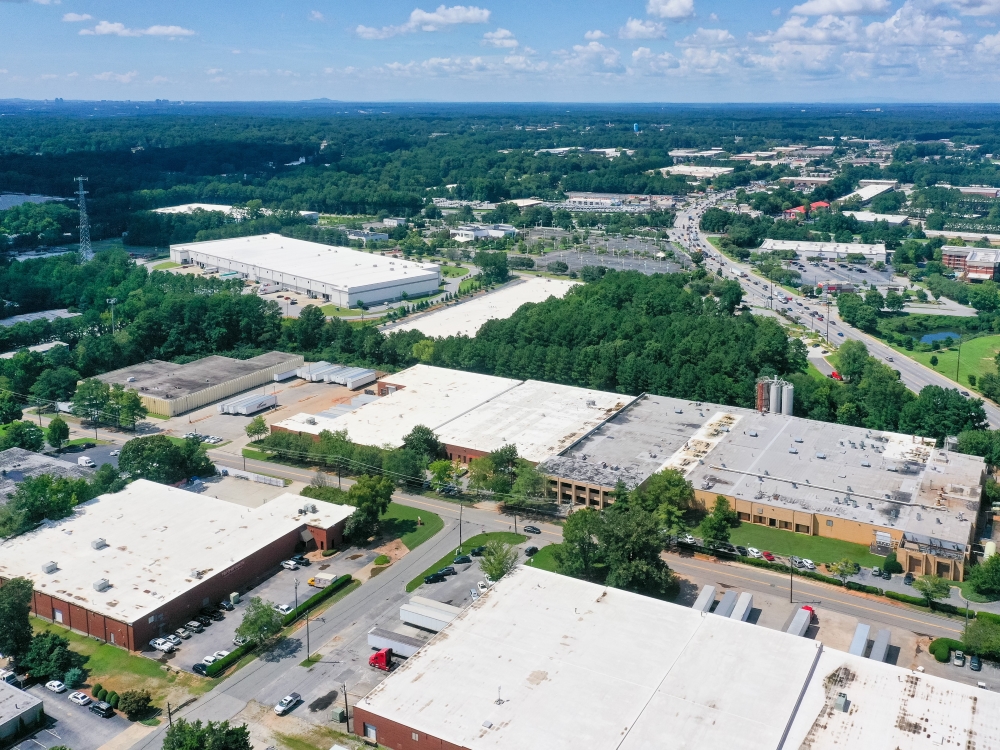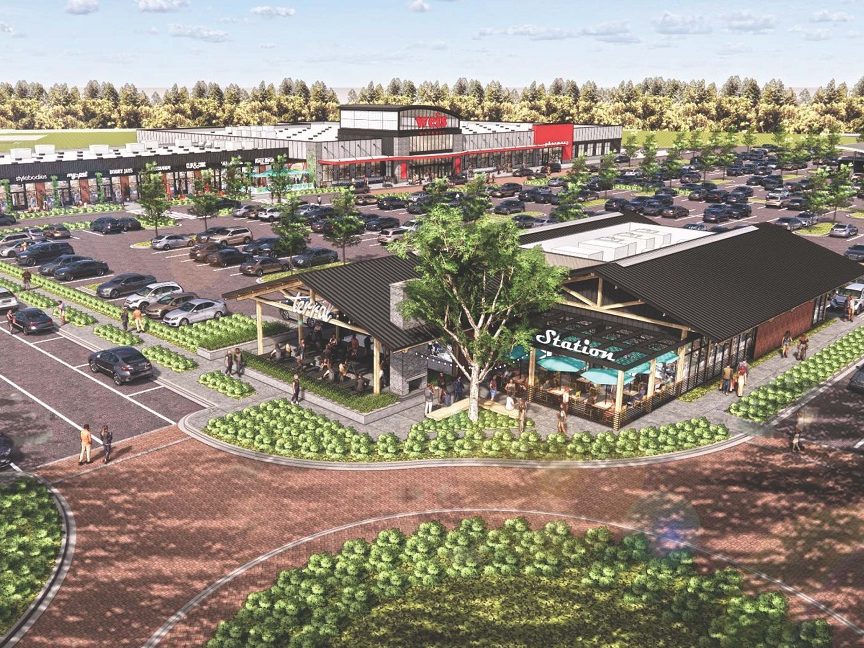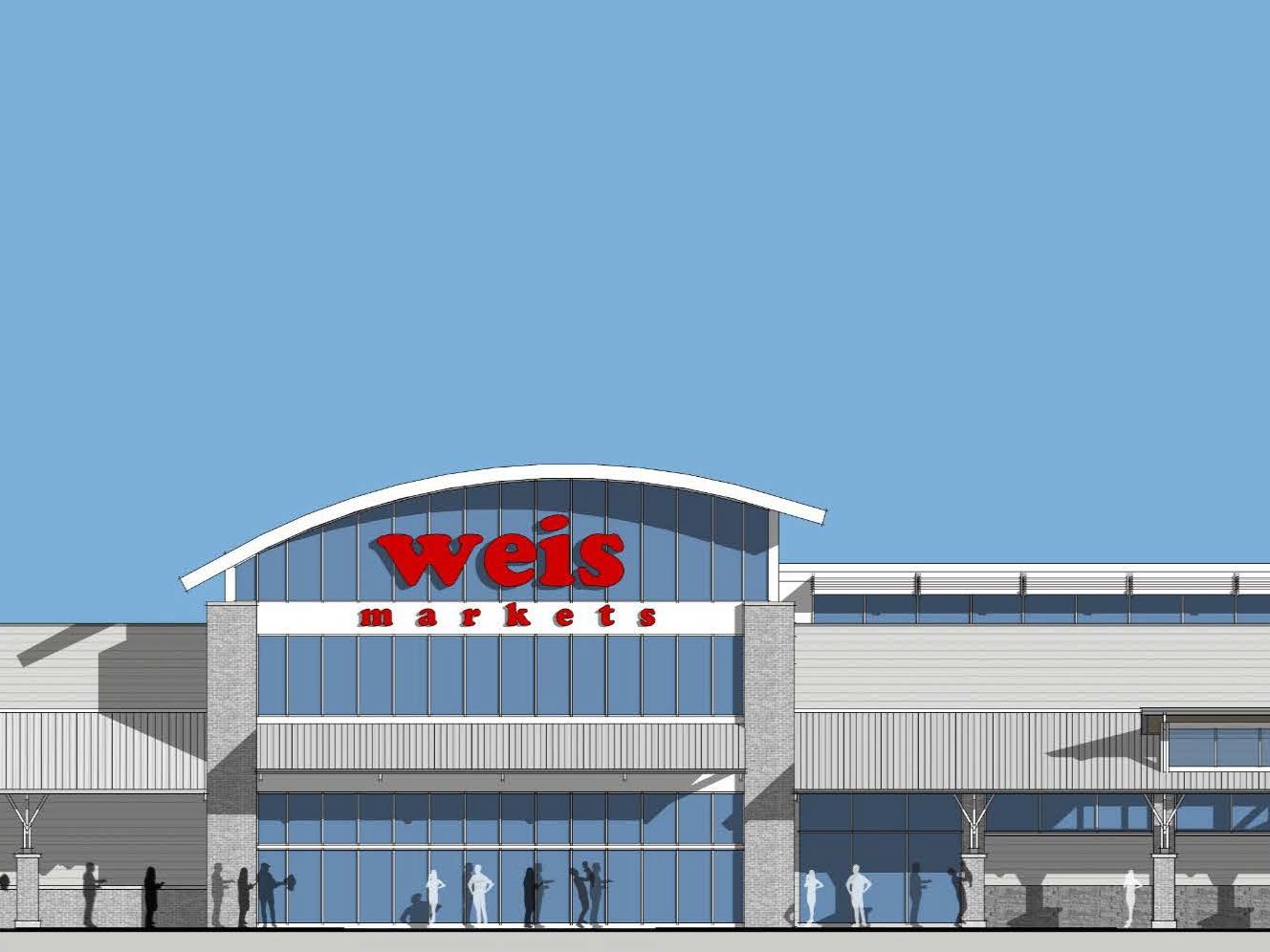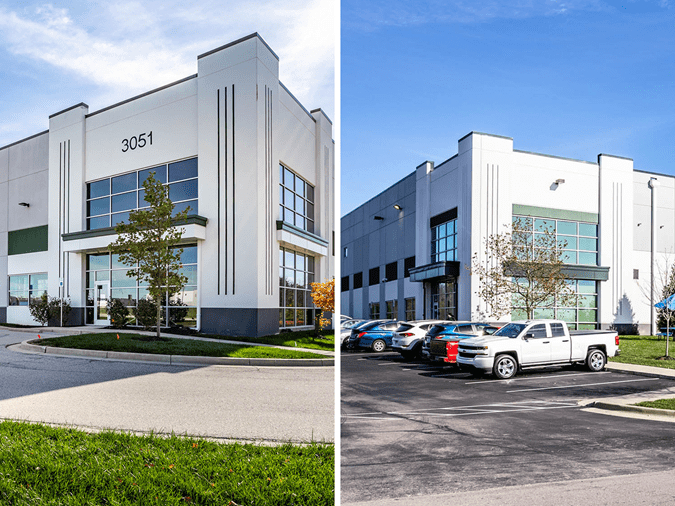Why Warehouse Location Is More Important Than Ever
There's immense opportunity for CRE firms that can put e-retailers exactly where they need to be, observes Northmarq's Shaan Dadlani.
Have you ever been on a retailer’s website and seen an amazing deal only to find that it ships from overseas and won’t arrive for more than a month? Or have you had to wait several weeks for delivery even though the manufacturer is only a few hundred miles away? Have you ever wondered how Amazon is able to reliably deliver what seems like an endless list of items in less than 48 hours?
Strategically positioned warehouses have proven to be an asset for companies of all sizes that allow them to solve a variety of sticky logistical problems. These increasingly mission critical facilities can improve operational and environmental efficiencies, providing a more positive customer experience and increasing development and investment opportunities for players within the commercial real estate industry.
Growth in E-Commerce
With a warehouse or distribution facility in the right location, e-commerce companies can dramatically lessen their delivery timeframes from weeks or longer to just a day or two. In addition, delivery costs and carbon footprints can be reduced when you have warehousing facilities closer to the end consumer. Recent growth in both traditional and drop-shipping e-commerce has spurred the demand for warehouses and fulfillment centers of all sizes, and with drop-shipping expected to grow at a compound annual growth rate of more than 27 percent between 2022 and 2031, demand will be fueled further.
Some estimates anticipate a nearly 20 percent rise in the number of warehouses worldwide by 2025, as global e-commerce sales are expected to report an 8.9 percent growth rate in 2023, and are forecasting a 9.4 percent growth rate in 2024. With U.S. consumers continuing to embrace both online and in-store shopping, domestic demand from retailers for well-located warehouse storage space and efficient distribution facilities is projected to continue growing.
The Amazon Effect
As an e-commerce industry leader, Amazon’s real estate model is being adopted by a number of growing and established retailers. Amazon has more than 2,000 locations—including 200 fulfillment centers— around the world ranging from massive bulk warehouses to comparatively small last-mile distribution facilities. Each building in Amazon’s portfolio serves a very specific purpose, and when working together, this network allows the e-commerce giant to deliver goods to their customers with what has become the new standard of quickness and efficiency.
In an effort to streamline costs and deliver a better customer experience, other retailers and competitors, like Target, have begun to take notice. In the Northeast region, for example, Target operates fulfillment centers of their own in many of the same areas where Amazon has established operations, primarily in the Boston, North Shore, and Southeastern Massachusetts areas. By mirroring the Amazon model, Target is not only able to supply product to their regional stores effectively, but they are also able to meet the online shopping expectations of their loyal customer base across the local geographic region.
Future Real Estate Opportunities
As Target and other retailers continue prioritizing a commitment to fast shipping and low prices, strategically located fulfillment centers will be a critical component to their success, and that translates directly to real estate opportunities. Industrial and logistical vacancy rates have declined since 2020 with growing demand for warehouse space facilitating the development of new buildings across all U.S. markets—from the most dense urban cores to far-reaching tertiary and rural markets—creating new work for industrial developers. The size ranges and specialty characteristics of these facilities will also differ, offering industrial investors a wide range of price point options, from a few million dollars to $100 million or more.
Strategically positioned warehouses play a vital role in solving logistical challenges and enhancing the customer experience in the growing e-commerce sector. By having warehouses in the right locations, e-commerce retailers can significantly reduce delivery timeframes and lower costs and carbon emissions, leading to increased customer satisfaction and loyalty, not to mention positively impacting the environment. With the projected rise in global e-commerce sales, the demand for warehouses and fulfillment centers is expected to continue, creating lucrative opportunities for real estate investors and developers now and into the future.
Shaan Dadlani is an associate in Northmarq’s New York office with a focus on commercial investment sales brokerage.








You must be logged in to post a comment.